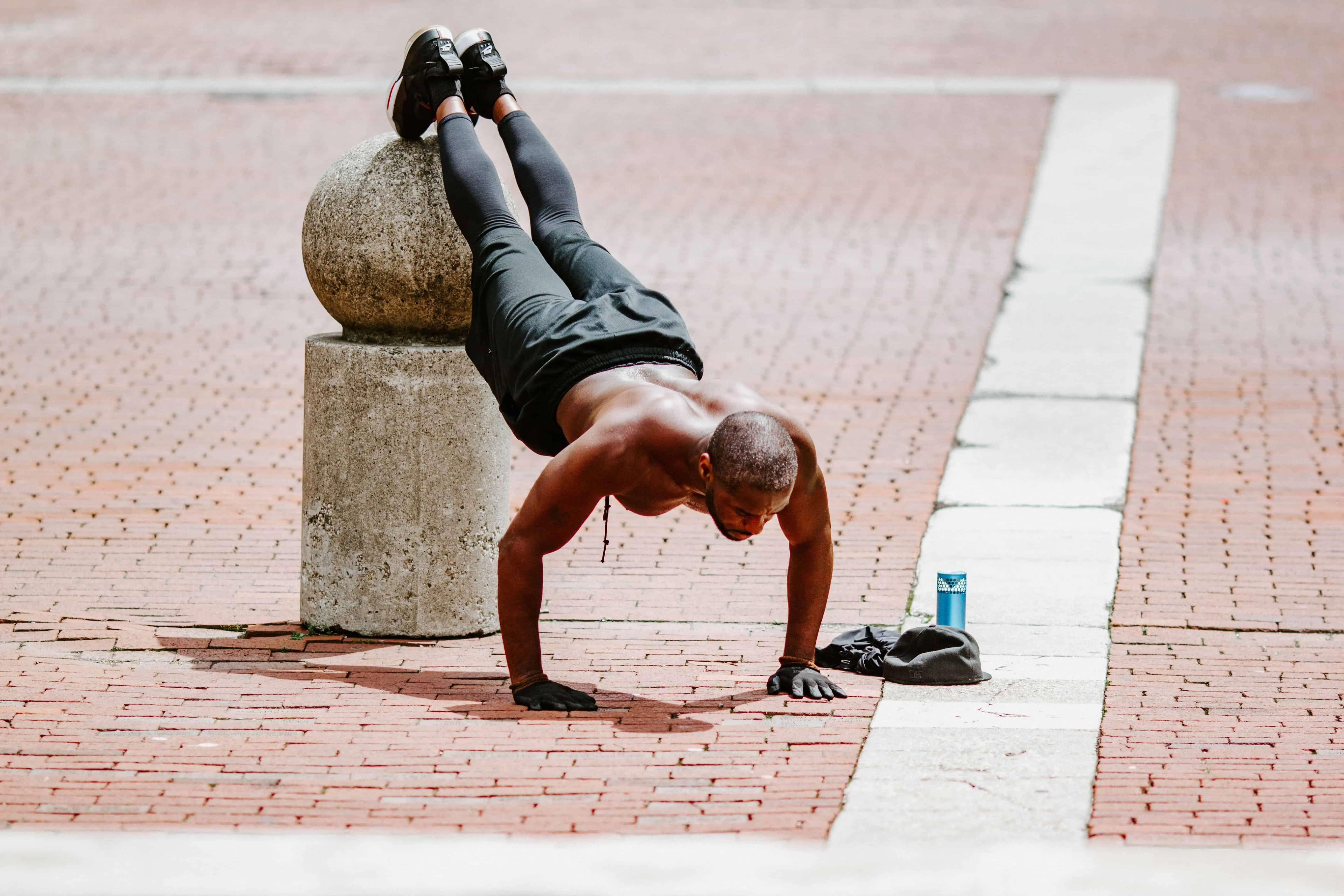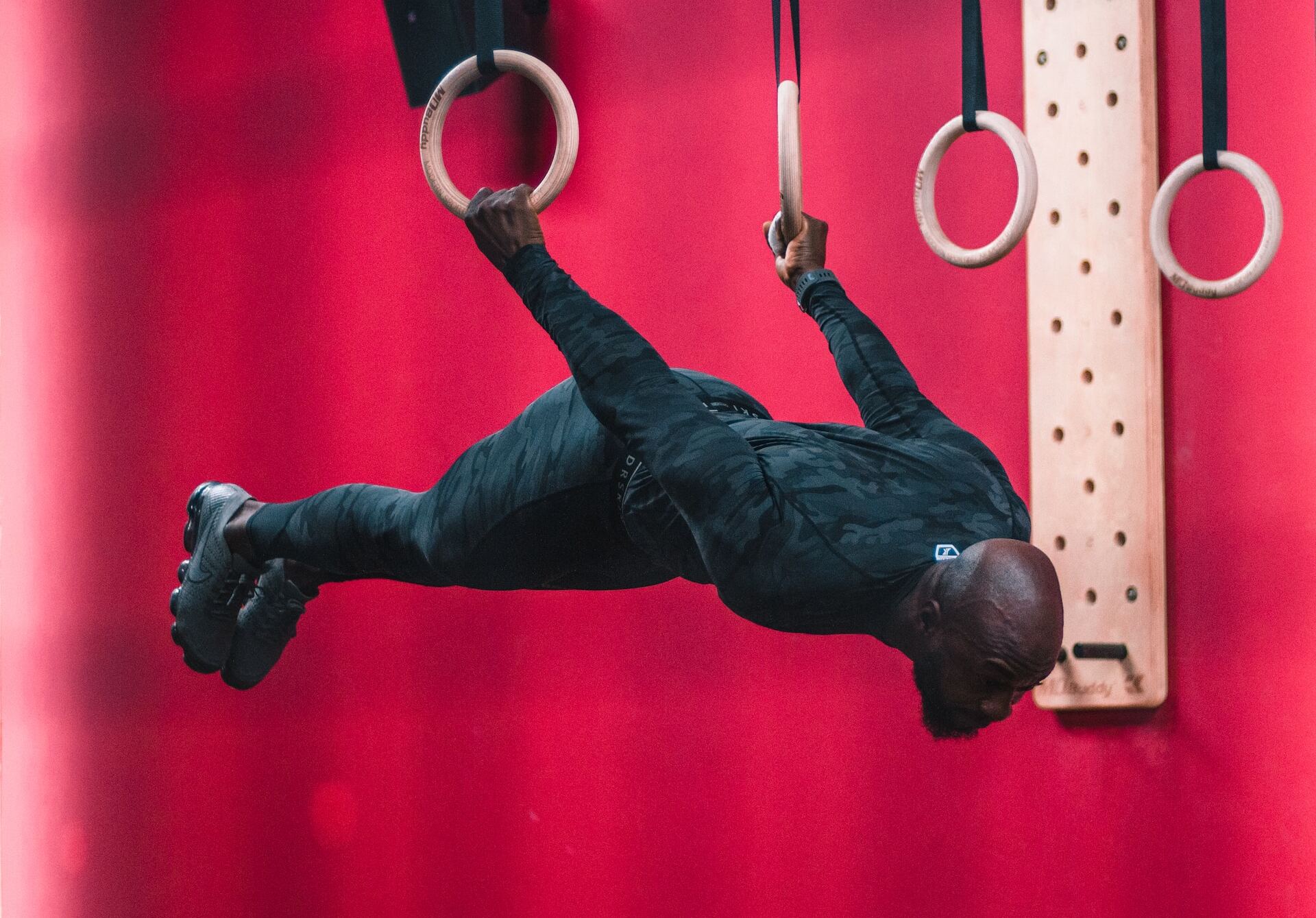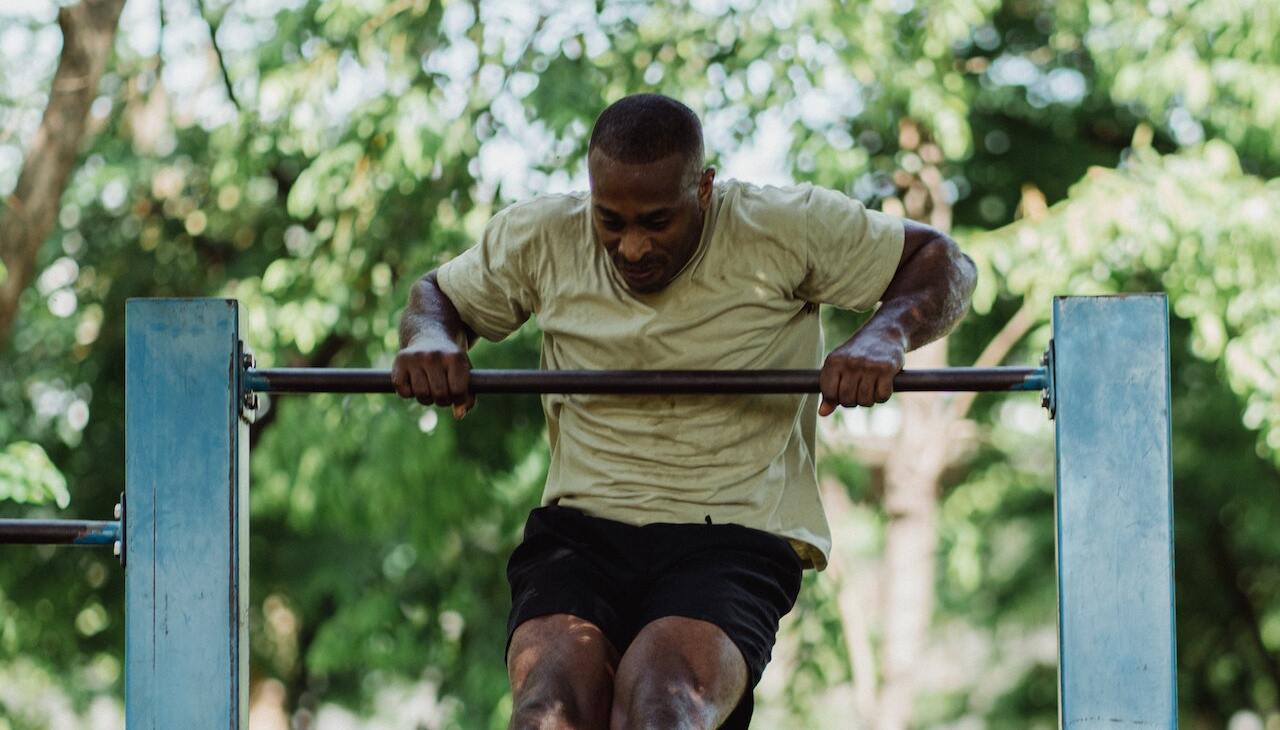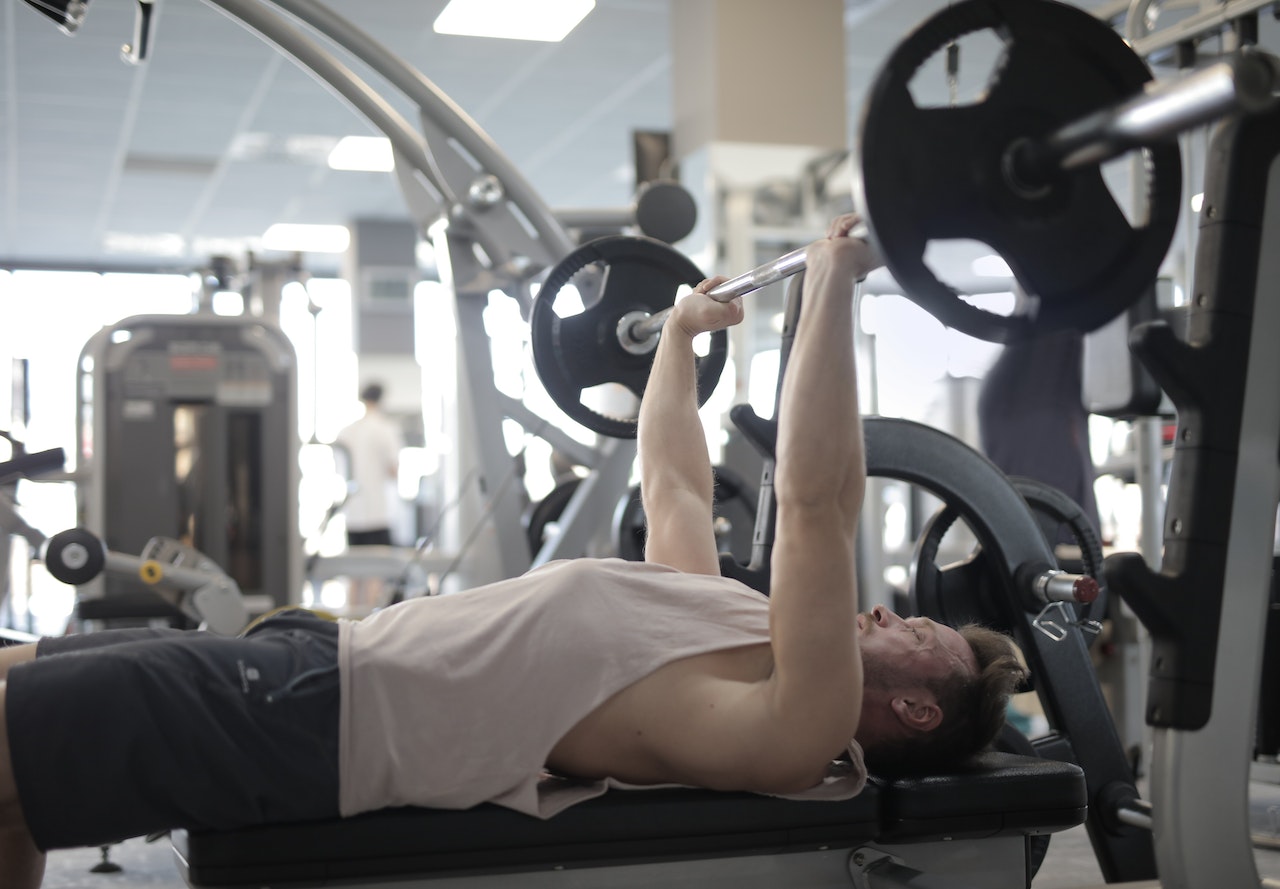×

Get Your Personal Workout Plan
in Less Than 1 Minute!
Ready to achieve your fitness goals? Take our quick quiz and get a workout plan tailored for you!
Get My Plan
Calisthenics vs. Gymnastics: Examining the Similarities and Distinctions
Topic - Workout
Published by ROVFIT | 07.14.2023
The information and products featured on this website are intended for educational and informational purposes only.
We are not responsible for any injuries, illnesses, or negative outcomes that may occur from using this information.

Calisthenics and gymnastics are two disciplines that showcase incredible strength, grace, and athleticism. While they share some similarities, they also have distinct characteristics that set them apart. In this article, we will explore the similarities and distinctions between calisthenics and gymnastics, shedding light on their training methods, goals, and benefits. Whether you're a fitness enthusiast or someone curious about these disciplines, join us as we delve into the captivating world of calisthenics and gymnastics.
1. Origins and History:
Calisthenics and gymnastics have distinct origins and histories. Calisthenics, derived from the Greek words "kalos" (beautiful) and "sthenos" (strength), focuses on bodyweight exercises and has roots in ancient Greece. Gymnastics, on the other hand, dates back to ancient civilizations like Egypt and China, and it evolved as a competitive sport involving various apparatuses.
2. Bodyweight Training:
Both calisthenics and gymnastics emphasize bodyweight training. Calisthenics utilizes exercises such as push-ups, pull-ups, squats, and planks to develop strength, flexibility, and control. Gymnastics, on the other hand, incorporates bodyweight exercises along with specialized equipment like bars, rings, and balance beams to perform intricate routines that showcase strength, balance, and aerial skills.
3. Strength and Muscular Development:
Both disciplines require exceptional strength and muscular development. Calisthenics focuses on overall functional strength, targeting major muscle groups through dynamic movements. Gymnastics demands extraordinary upper body and core strength, as well as a high level of flexibility, to execute complex skills and routines with precision and control.
4. Flexibility and Mobility:
Flexibility plays a significant role in both calisthenics and gymnastics. Calisthenics promotes functional mobility through exercises like dynamic stretches and controlled movements. Gymnastics places a strong emphasis on flexibility, with athletes performing extensive stretching routines to achieve the exceptional range of motion required for movements like splits, handstands, and backbends.
5. Skill Progressions:
Both disciplines feature skill progressions that allow practitioners to advance and master new movements. In calisthenics, individuals gradually work their way up to more challenging exercises by focusing on progressions like assisted variations or increasing the range of motion. In gymnastics, athletes follow a structured curriculum, progressing from basic skills to more complex maneuvers as they develop strength, technique, and confidence.
6. Competitive Aspects:
While calisthenics is primarily focused on personal fitness and individual progress, gymnastics has a strong competitive component. Gymnasts participate in competitions at various levels, showcasing their skills and abilities through routines and performances. Calisthenics, although not typically competitive, has gained popularity through events like freestyle calisthenics, where athletes demonstrate their creativity and skills in organized showcases.
7. Artistry and Expression:
Gymnastics places great importance on artistry and expression. Athletes aim to combine technical precision with grace and fluidity, creating visually captivating routines. Calisthenics, while also incorporating creativity, allows individuals to express themselves through freestyle movements, adding personal flair and style to their workouts.
Conclusion:
Calisthenics and gymnastics are both captivating disciplines that celebrate strength, grace, and athleticism. While calisthenics focuses on functional strength and bodyweight exercises, gymnastics showcases technical skills, apparatus work, and artistic expression. By understanding the similarities and distinctions between these disciplines, you can gain a deeper appreciation for their unique qualities and choose the path that aligns with your fitness goals and interests. Whichever path you embark on, both calisthenics and gymnastics offer incredible opportunities for personal growth, physical development, and a lifelong journey of strength and movement.
More Articles

How to Bulk Properly this Winter with Bodyweight Workout AKA Calisthenics
Published by ROVFIT | 01.07.2024

Top 5 Calisthenics Challenges to Test Your Endurance and Strength
Published by ROVFIT | 08.21.2023

Push Up vs. Bench Press: An In-Depth Research-Based Comparison
Published by ROVFIT | 08.15.2023

Top 5 Bodyweight Exercises for Developing Explosive Power and Speed
Published by ROVFIT | 08.14.2023

Get Your Personal Workout Plan
in Less Than 1 Minute!
Ready to achieve your fitness goals? Take our quick quiz and get a workout plan tailored for you!
Get My Plan